The latest edition of “Architizer: The World’s Best Architecture” — a stunning, hardbound book celebrating the most inspiring contemporary architecture from around the globe — is now available. Order your copy today.
France’s Centre-Val de Loire region lies just southwest of Paris and spans across the Loire valley and river. Bordered on the west by Normandy and Paris on the east, the Centre region is known for its forests, vineyard and most notably, its abundance of châteaux. The Centre region has been the epicenter of France’s kingdom for centuries, and as a result, is home to some of the most lavish and impressive chateaux. Today, these opulent homes draw thousands of visitors to the region and make for a memorable day trip for architects staying in Paris. Listed below are five chateaux, all of which have a unique story, charm and distinctive architectural history worth exploring.
1. Château de Chambord
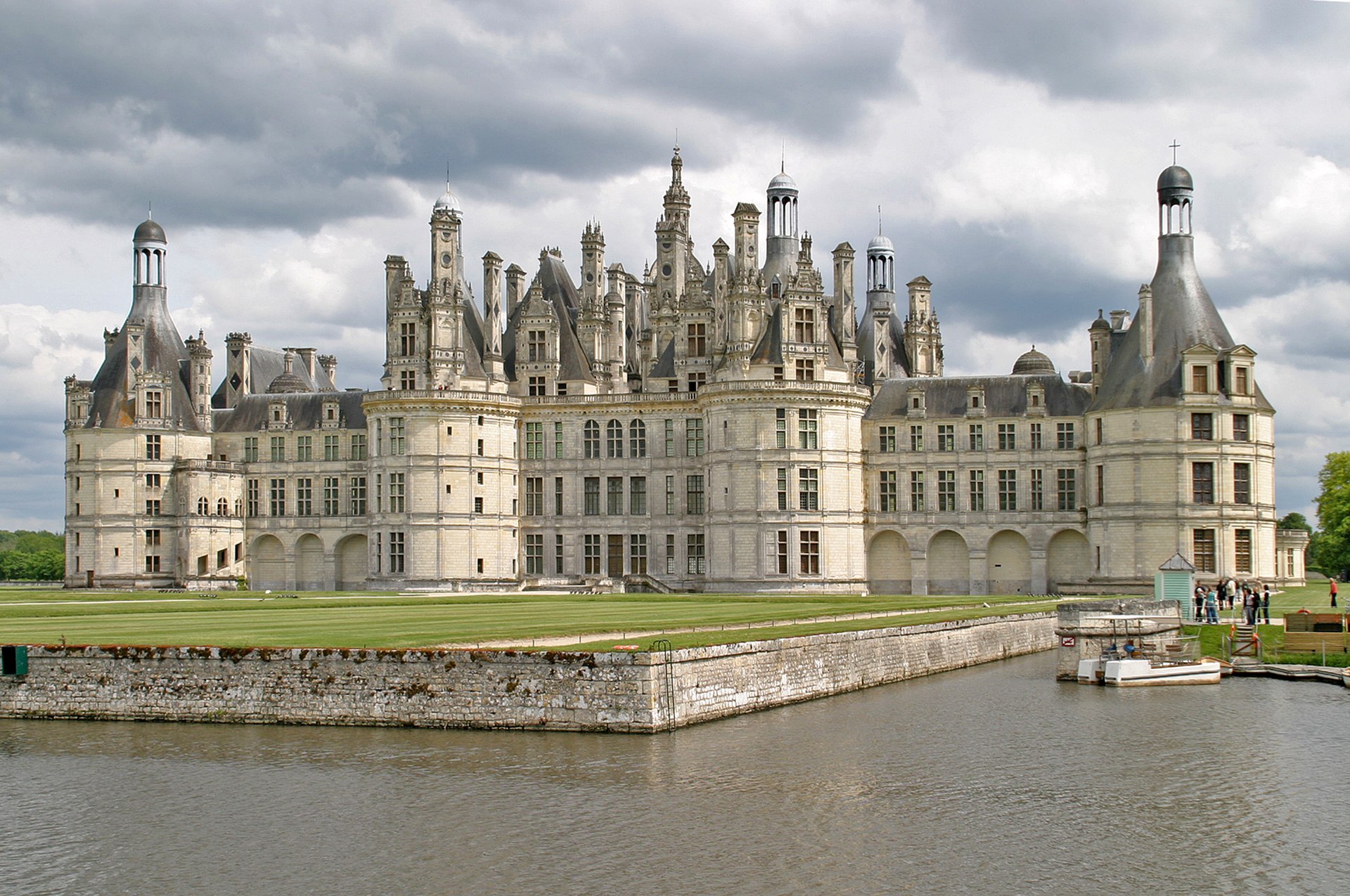
Photo by W. Bulach via Wikimedia
One of the crown jewels and most visited chateaux in the region is the Château de Chambord. Often attributed to King Francois I’s fondness for Italian architecture, Chambord is a true emblem of French Renaissance building design. The chateau is primarily filled with Early Renaissance ornamentation however, an a Gothic vocabulary can be seen in certain parts of the edifice.
Francois I was taken by the work of Leonardo da Vinci and in 1516, summoned the architect for the role of court painter and architect. One of the chateau’s most charming features is the grandiose double helix staircase located in the keep. Da Vinci’s influences on the Chambord’s design can be distinctly seen in this double helix staircase, as well as the evacuation system and keep (a fortified tower used as a defense tool).
2. Château du Clos Lucé
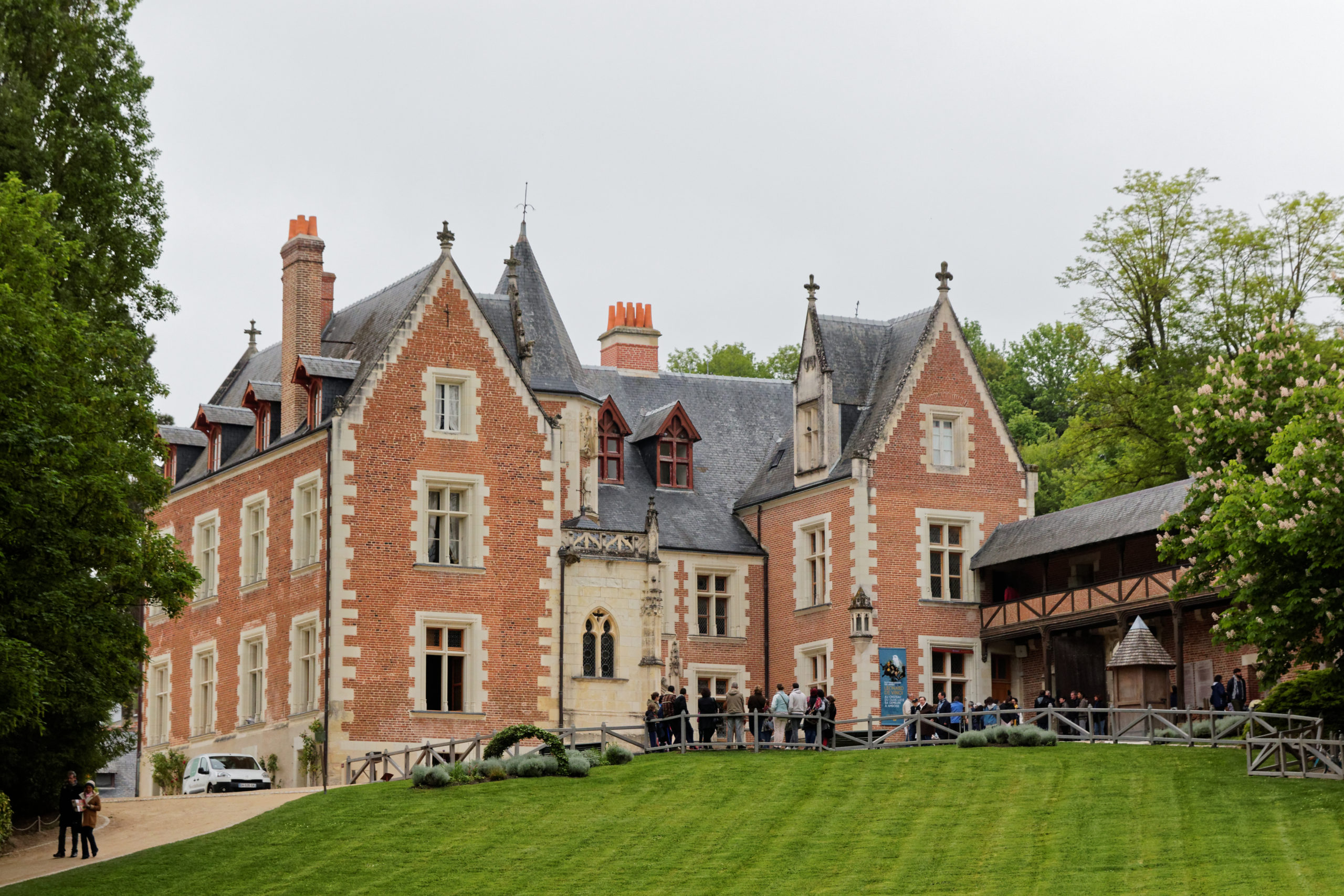
Photo by Thesupermat via Wikimedia
In the heart of the city of Amboise lies the Château du Close Lucé (formerly known as the Château du Cloux). Dating back to the 15th century, this chateau was built by the Amboise family and has been home to many notable Europeans, such as King Charles VIII and Leonardo da Vinci. During Charles VIII’s time at the chateau, he commissioned a Gothic-style oratory that is still present today.
Eventually, King Francis I (who resided in the nearby Chateau d’Amboise) offered the then empty chateau to his court painter Leonardo da Vinci, who went on to spend his last few years at Clos Lucé. The residence is filled with personal items belonging to the artist and offers a unique chance to experience the intimate spaces in which da Vinci worked. The chateau sits adjacent to a grand park inspired by da Vinci’s notes and interest in experimental science. Perhaps less grandiose than the typical French chateau, Clos Lucé is definitely still worth the visit.
3. Château de Chenonceau
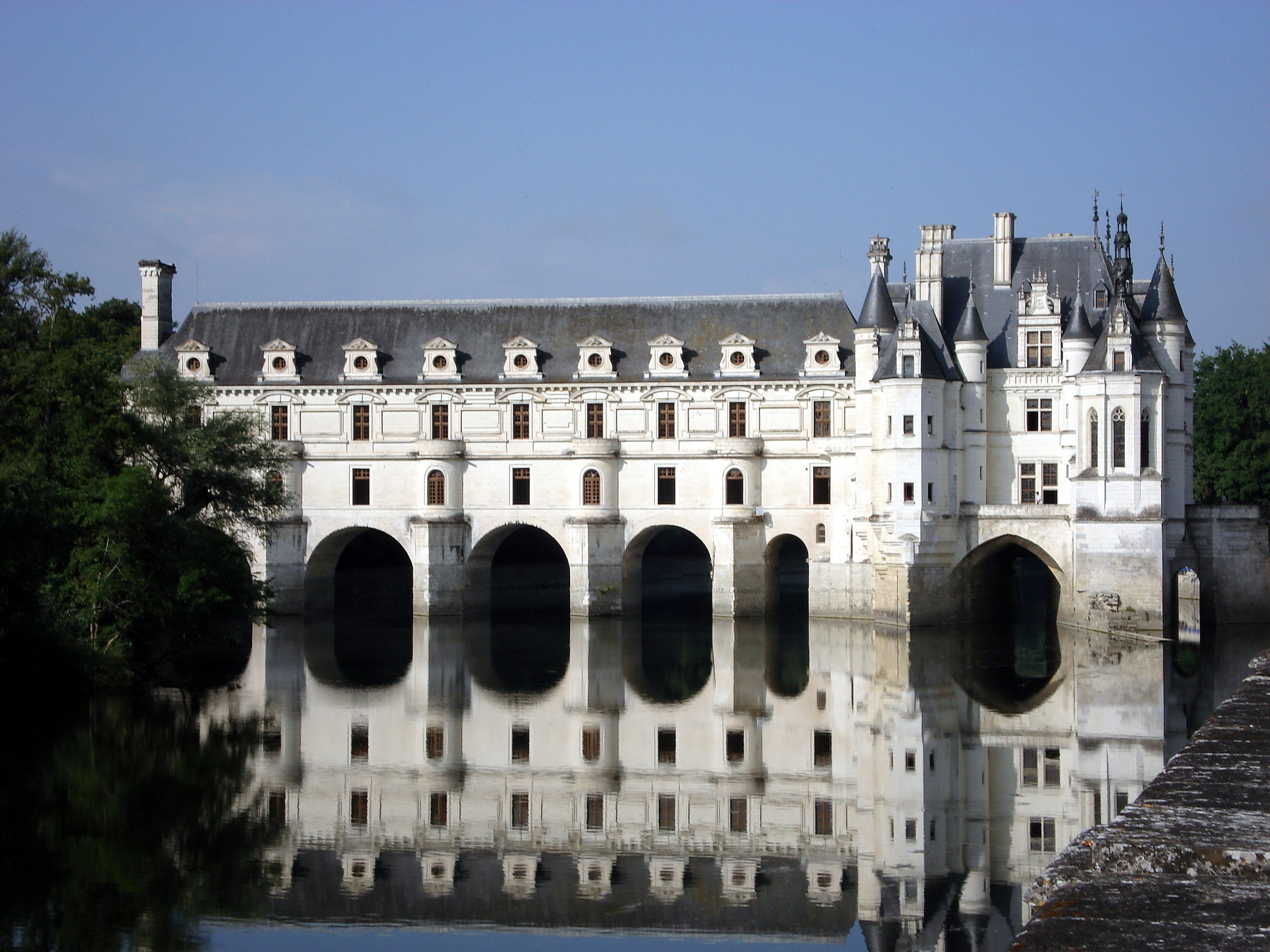
Photo by T.A.F.K.A.S. at Dutch Wikipedia
The Château de Chenonceau is known for its succession of women attributed to the site’s design and protection. Chenonceau dates back to the 12th century, however, the only part of the original medieval edifice that remains is the Tours des Marques dungeon. The chateau spans the river Cher and, boasting a pronounced Gothic and Early Renaissance façade, is quite striking in nature.
King Henry II offered Chenonceau to his mistress Diane de Poitiers. Interestingly, removing this edifice from the list of Crown Lands is the reason it was spared destruction during the French Revolution. Chenonceau was eventually purchased by Louise Dupin who was heavily involved in Enlightenment discourse. Chenonceau then served as a military hospital during WWI and was used as a point to smuggle people fleeing Nazi control during WWII. The chateau’s grounds are quite exceptional, with individual gardens attributed to the women who once lived there. Chenonceau boasts a colorful history and in 1860, was named a Monument Historique by the French Ministry of Culture.
4. Château Royal de Blois
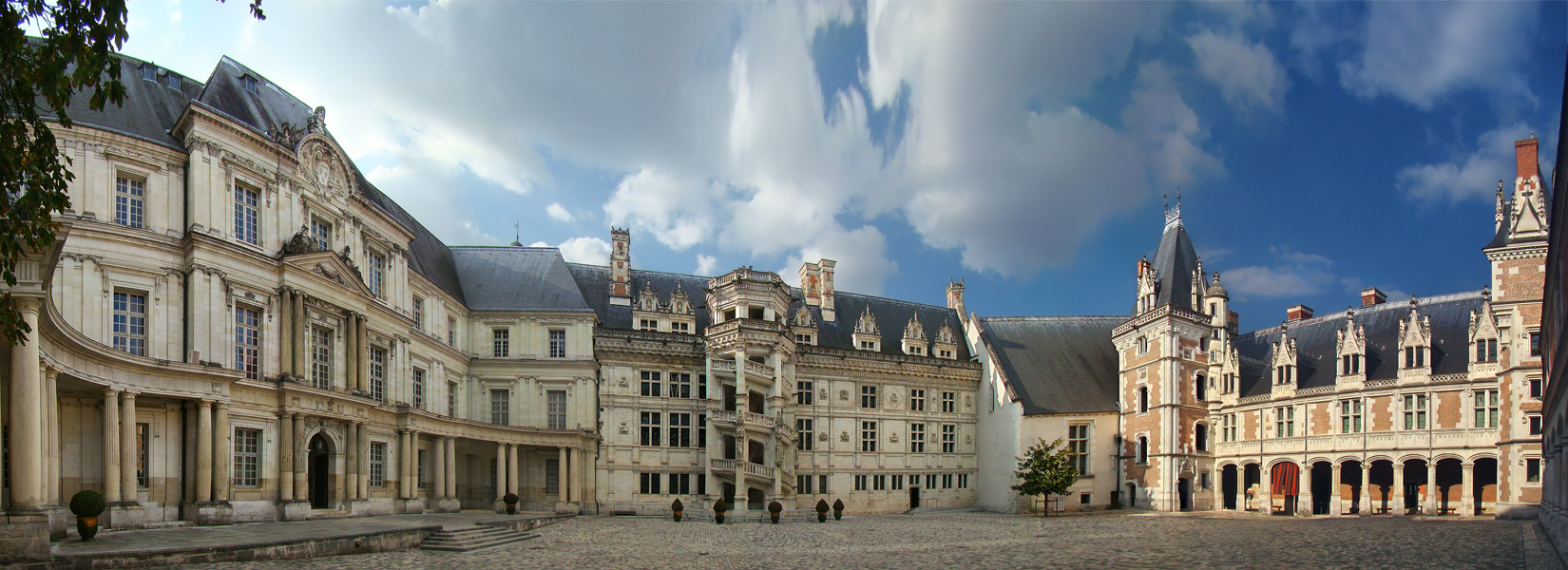
Photo Tango7174 via Wikimedia
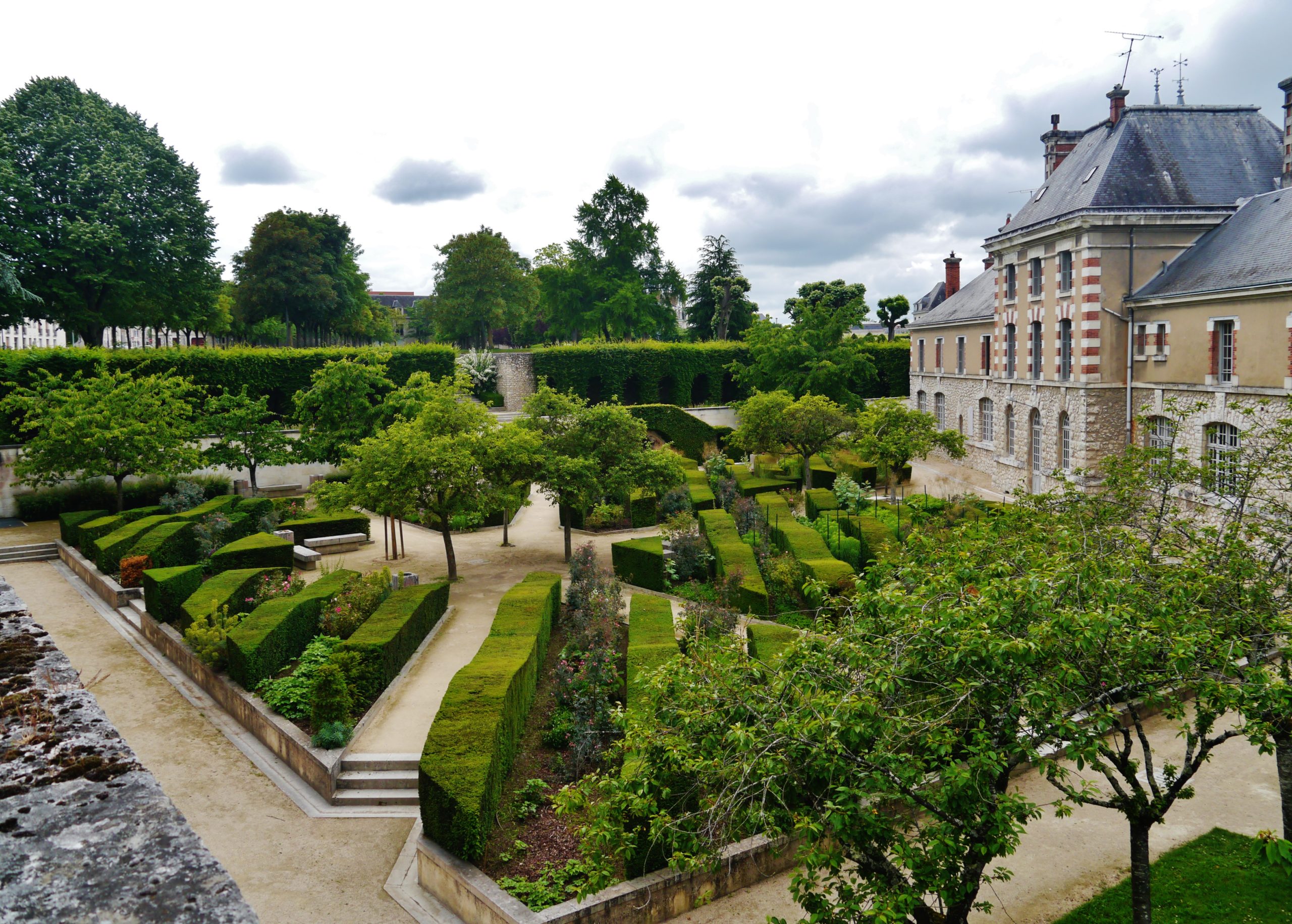
Photo by Zairon via Wikimedia
This royal chateau is located in the city of Blois and offers a unique look into France’s architectural history. Dating back to the Middle Ages, this chateau has served as home to 17 French monarchs. Over the centuries, Blois has undergone numerous constructions which are clearly visible when touring the site. Each side of the chateau’s façade reflects an epoch of French architecture. From the medieval fortress built in the 13th century to the Gothic wing that reflects Louis XII’s influence and from the Renaissance wing constructed during Francois I’s reign to the Classical-style wing attributed to the Gaston of Orléans, this château offers a remarkable chance to survey four of France’s most prominent architectural styles all in one viewing. Among the many architectural wings to explore, the château is home to the Blois Museum of Fine Arts, The Foix terrace that overlooks the Loire river, and a chapel built in the Middle Ages.
5. Château de Cheverny
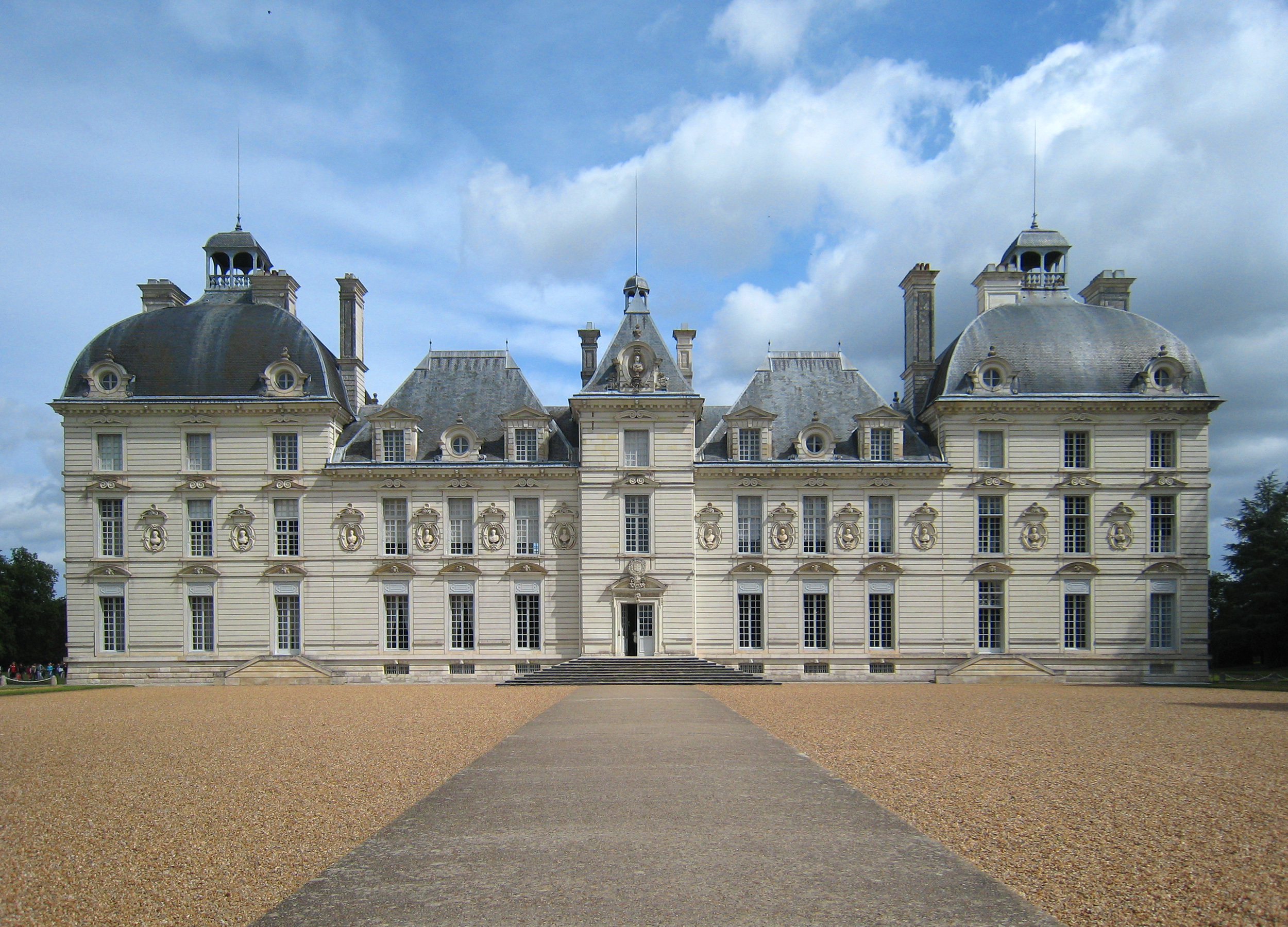
Photo by Manfred Heyde at German Wikipedia
Located in Cheverny, France, this château has remained in the Huraults family for over six centuries. The chateau opened its doors to the public in 1922 and today, it is inhabited by descendants of the Huraults, Constance and Charles-Antoine de Vibraye. The chateau was first built in the 16th century, although there are few signs of the original edifice present today. The current chateau was built in the early 17th century by Jacques Bougier — the same architect attributed to the construction of the Château de Blois.
Bougier chose to construct the edifice with a stone from the village of Bourré. This particular stone has strong blanching and hardening properties, thus creating the chateau’s pronounced white façade. Cheverny is known for its well-preserved interior spaces. Much of the historic furniture and decoration are on display and staged in a manner that emulates the old French façon de vivre. Cheverny is a true example of French classical architecture with its symmetrical façade and grand interior. Cheverny’s most unique feature is its kennel. The kennel houses 100 French hunting dogs and continues the French tradition of hunting.
The latest edition of “Architizer: The World’s Best Architecture” — a stunning, hardbound book celebrating the most inspiring contemporary architecture from around the globe — is now available. Order your copy today.




